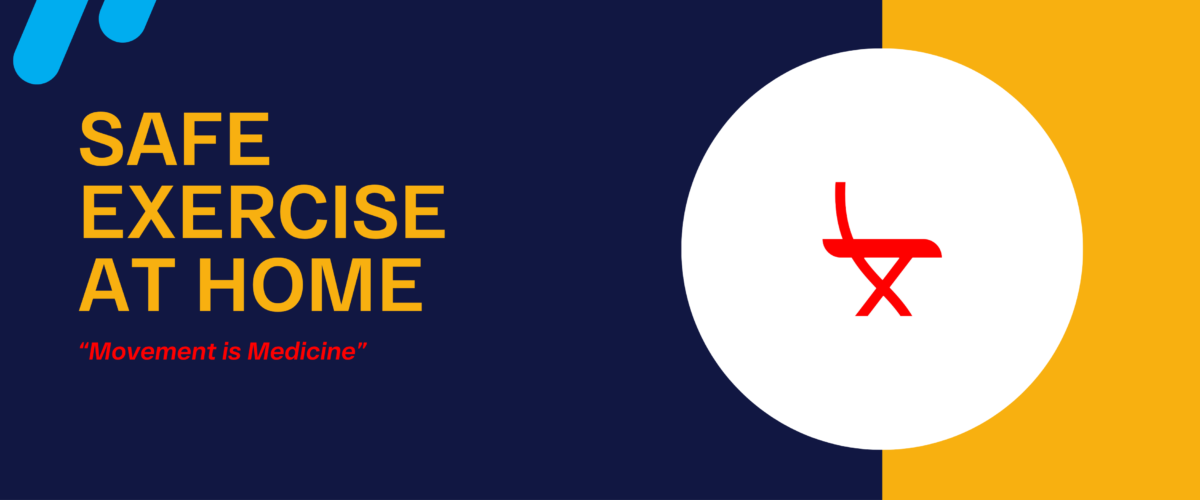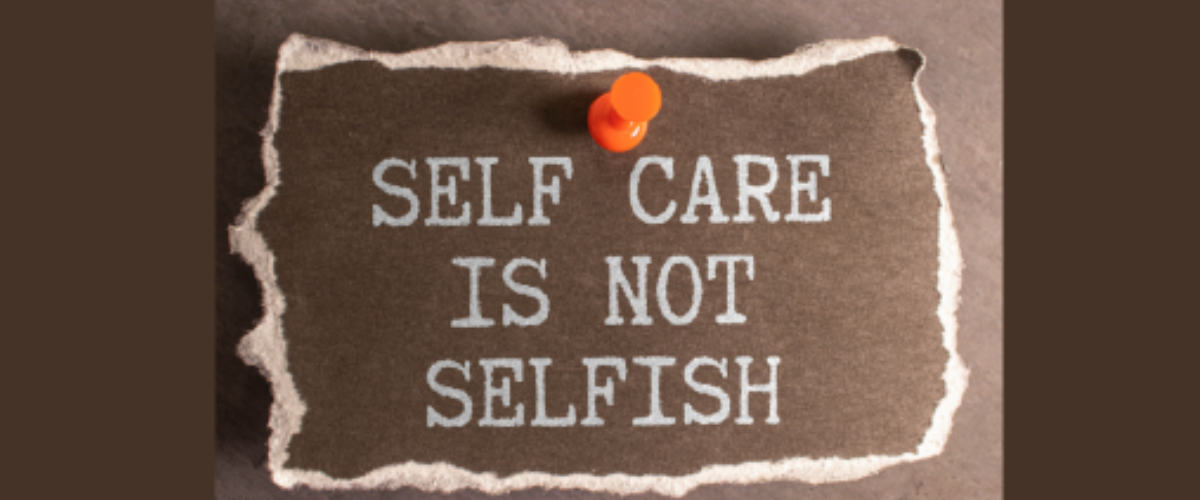Living with a musculoskeletal (MSK) condition often means managing pain, stiffness, fatigue, and reduced mobility. Chair-based exercise offers a safe and accessible way to stay active without putting excess strain on joints or muscles.
What does the research say?
Research shows that seated exercise can improve strength, flexibility, and balance, while also supporting independence in daily activities. For people with MSK conditions, it provides an adaptable alternative to traditional exercise—helping to reduce discomfort, enhance overall well-being, and build confidence to move in ways that feel achievable and sustainable.
Chair-based exercise (CBE) provides a safe, low-impact alternative that is supported by emerging research. Studies have shown that chair-based programs improve muscle strength, balance, and functional mobility, which are essential for preserving independence and reducing the risk of falls Trials in populations with osteoarthritis have demonstrated that chair-based interventions, such can enhance mobility and reduce pain. In addition, structured CBE has been associated with improvements in psychological well being, sleep, and quality of life, highlighting its holistic benefits.
What are some of the benefits?
Chair based exercise has specific benefits as a training method:
Accessibility & Inclusivity: Ideal for those with limited mobility, health issues, or low fitness levels. More likely to be performed consistently and a great way to increase confidence
Improves Strength & Function: Ideal for those with limited mobility, health issues, or low fitness levels. It can also minimise load-bearing and reduce balance issues.
Boosts Mental & Physical Well-Being: Benefits can range from improved mood and sleep to better immune markers and memory even from short sessions.
Feasible Across Settings:Deliverable at home, in clinics, hospitals, or community centers; easy to scale and adopt.
Safety & Compliance: Low injury risk and high adherence across most population groups
It’s important to note that although chair-based exercise has been shown to be effective, it should, in principle, be a starting point for those with low baseline function and be a part of a fuller rejuvenation/rehabilitation process. Overall, chair-based exercise is an evidence-based, adaptable, and inclusive approach to keeping people with MSK conditions active. It enables safe participation in physical activity, supports symptom management, and promotes long-term musculoskeletal health!
Visit the MHA website to explore our collection of Chair-based exercise videos, designed for all fitness levels. Remember to listen to your body, go at your own pace, and avoid pushing beyond your limits. Your safety and wellbeing are always the top priority.
References Cheung, C., Wyman, J. F., Resnick, B., & Savik, K. (2014). Yoga for managing knee osteoarthritis in older women: A pilot randomized controlled trial. BMC Complementary and Alternative Medicine, 14(1), 160. https://doi.org/10.1186/1472-6882-14-160
Kim, S. H., & Park, Y. H. (2020). Effects of chair-based resistance band exercise on physical functioning, sleep, and depression in older adults living in long-term care facilities: A randomized controlled trial. Geriatric Nursing, 41(6), 733–739. https://doi.org/10.1016/j.gerinurse.2020.07.009
Park, J., McCaffrey, R., Newman, D., & Cheung, C. (2017). The effect of chair yoga on biopsychosocial outcomes among older adults with lower extremity osteoarthritis: A pilot randomized controlled trial. Journal of Geriatric Physical Therapy, 40(2), 99–107. https://doi.org/10.1519/JPT.0000000000000080
Sitjà-Rabert, M., Martínez-Zapata, M. J., Martín-Rodríguez, S., Fort-Vanmeerhaeghe, A., Rey-Abella, F., Romero-Rodríguez, D., & Bonfill, X. (2015). Effects of a chair-based exercise program on physical fitness in older adults: A randomized controlled trial. International Journal of Sports Medicine, 36(10), 799–804. https://doi.org/10.1055/s-0035-1548885










